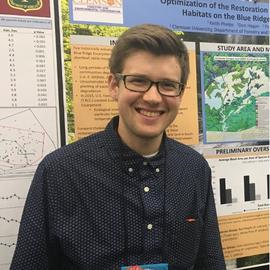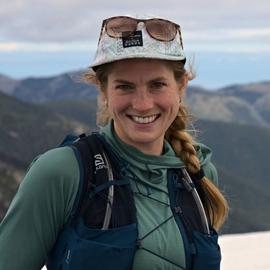LANDFIRE and Certified Sustainable Forest Management
2023-05-31
1 Overview
In the following tutorial we explore the use of LANDFIRE data products in assessing forest ecosystem characteristics relevant to forest certification criteria.
Assessing forest condition in the context of ongoing forest management may include:
- Obtaining acres of ecosystems past and present
- Exploring ecosystem conversion
- Comparing amounts of succession classes past and present
1.1 Forest Certification
Forest certification, in which third-parties audit forest operations to defined standards, is used as a tool to ensure forests are well-managed and provide confidence to consumers of forest products. Many of these standards include goals and requirements to manage and restore native ecosystems. One of these systems, the Forest Stewardship Council® develops and delivers Principles, Criteria and Indicators for sustainable forest management (https://fsc.org/en/document-centre/documents/resource/392) through their national standards. Currently in the United States, FSC® Principles 6 and 9 are focused on Environmental Values and Impact and Maintenance of High Conservation Value Areas respectfully. In order for forest managers to receive FSC® certification and pass audits, many of the criteria and indicators within Principles 6 and 9 are helped by an analysis, often through a GIS assessment, of historical and current vegetation conditions, disturbance regimes, and landscape patterns.This analysis often delivers mapping and data that:
- Compares changes in composition and spatial patterns of historical and current ecological communities
- Assesses successional states of those ecosystems, past and present
- Documents the dominant natural disturbance regimes within ecosystems
These steps, while foundational and conceptually simple, can be difficult due to the lack of data, especially when pursuing them at a landscape scale. LANDFIRE data products and ecological models offer coverage of the conterminous United States, and are appropriate for large scale assessments when information is difficult or not attainable from ground surveys. The following guide provides procedures through which forest managers may be able to conduct analyses using LANDFIRE data. These procedures in turn could aid in standard conformance and leverage high-quality, open-source data to drive restoration on suitable sites.
1.2 LANDFIRE
LANDFIRE is an interagency program within the United States that “provides 20+ national geo-spatial layers (e.g. vegetation, fuel, disturbance, etc.), databases, and ecological models that are available to the public for the US and insular areas.” With this free and regularly updated data, it is possible to conduct analysis supporting environmental values and High Conservation Value Areas. In the following tutorial, we will provide guidance for:
- Downloading relevant LANDFIRE datasets and models
- Completing the GIS processing of LANDFIRE data
- Developing visuals (e.g., maps and charts) to help illustrate findings
1.3 GIS Tutorial Goals
In general the analyses developed here will help forest managers:
- Assess “representation” of ecosystems within ownerships and landscapes.
- Map ecosystems and their conditions past and present.
- Understand natural disturbance regimes and compare them to current landscape disturbance patterns.
- Explore ecosystem conversion both to unnatural (e.g., urban) land uses and different ecosystems.
- Provide context for where ecological restoration or conservation of current ecosystems should be prioritized on a landscape.
- Assess site conditions that can be completed with existing datasets.
- Assess climate change and future condition considerations where possible with existing data.
In the United States, including the insular areas, LANDFIRE provides the datasets and ecological model results to get at these challenges and more. Here we walk you through some of the technical steps needed to start your analysis. We will do our work in a model landscape called the Ataya Forest Tract (hereafter referred to as “Ataya”). Ataya is managed by The Nature Conservancy (TNC) under FSC® standards (FSC-C008922) and is located in the Central Appalachians (highlighted in green in map below).
To help you with the concepts we have worked through pre-processed LANDFIRE data for this example landscape. To prepare the datasets for your own landscape, you may download the relevant LANDFIRE data for your own landscape and follow our steps.
ZOOM, pan, explore the Ataya Forest Tract area
=======

